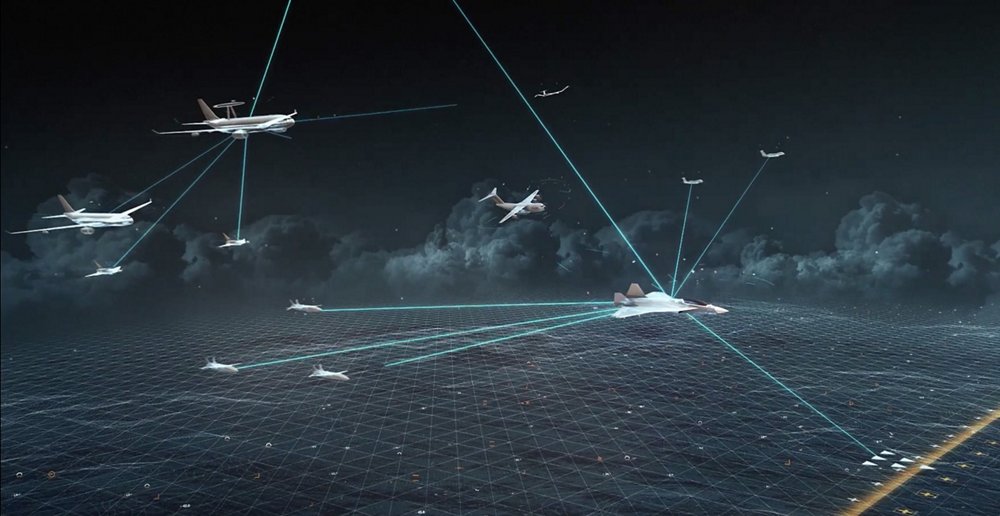By Pierre Tran
Paris – The French, German and Spanish defense ministers signed yesterday their third intergovernmental agreement on work on the Future Combat Air System, covering 2021-2027, the three ministries said Aug. 31 in a joint statement.
“On this occasion, they have signed the third implementing arrangement of the NGWS/FCAS (Next Generation Weapon System within a Future Combat Air System) program, which frames its activities over the period 2021-2027,” the statement said.
The statement referred to an Aug. 30 meeting of Florence Parly, Annegret Kramp-Karrenbauer and Esperanza Casteleiro Llamazares, respectively the defense ministers of France, Germany, and Spain.
The partner nations seek to fly a technology demonstrator for a new generation fighter jet and remote carrier drone in 2027.
The three nations have agreed a total budget of €8.6 billion ($10.2 billion), with an initial €3.6 billion for work on phase 1B in 2021-2024, the private office of Parly said, business website La Tribune reported Aug. 31, with that amount equally shared among the partner nations.
A further €5 billion was earmarked for phase 2, which would run 2024 to 2027, the report said.
Meanwhile, the British-led project for a Tempest new generation fighter and its drones was expected to feature prominently at the DSEI trade show due to run in London Sept. 14-17.
The intergovernmental agreement between Berlin, Paris and Madrid was a political commitment to support work on FCAS in the coming years, and the next critical step will be for the nations to sign industrial contracts with Airbus and Dassault Aviation.
“Negotiations are continuing,” an industry executive said on the contracts. “There are still issues to be resolved.”
Dassault has sought to negotiate a contract that protected intellectual property rights and also met its claim for work shares. Airbus, through its German and Spanish units, stood to win the bulk of the work share.
The French family-controlled company is prime contractor on the new generation fighter, the key element, along with remote carrier drones, in the Next Generation Weapon System.
Le Figaro ran May 18 an interview with the Dassault executive chairman, in which Eric Trappier told the daily that discussions were still continuing between governments and industry, and an agreement had yet to be reached.
The private office of Parly expected contracts between the companies and the Direction Générale de l’Armement procurement office to be signed “in the next few weeks,” La Tribune reported Aug. 31.
There were different timetables, the industry executive said, pointing to political calendars and companies’ concerns on a program expected to span decades.
The air chiefs of staff of the three partner nations also signed an agreement Aug. 30 on common operational requirements on the future combat air system, La Tribune reported.
The political agreement was made possible by the June 23 approval by the German parliamentary budgetary committee for Berlin’s share of a budget for FCAS.
The three ministers pointed up the significance of the intergovernmental agreement.
“In the continuity of the work already achieved since 2019, it launches a new step that will lead to the first flight demonstrations in 2027,” the statement said.
“The signing of this arrangement confirms the commitment of Germany, Spain and France to the development of a new generation combat aviation capable of facing future threats and challenges.”
The program also was important for sovereignty for Europe.
“The NGWS/FCAS program also contributes to maintaining a dynamic European industrial and technological base, thereby helping to strengthen European sovereignty.”
The Next Generation Weapon System will be at the core of the Future Combat Air System, which will consist of manned and unmanned aircraft hooked up on a combat cloud command and control network.
Other aircraft linked up on that network will include a planned medium-altitude, long-endurance drone, A400M transport turboprop, A330 multirole tanker transport, Rafale, Eurofighter Typhoon, and F-35 fighters.


